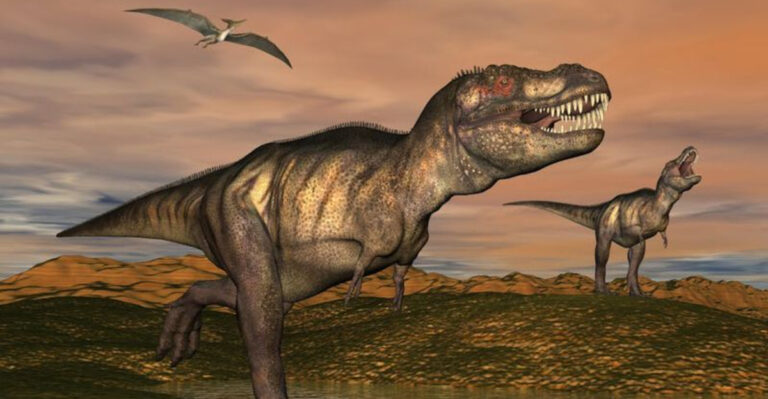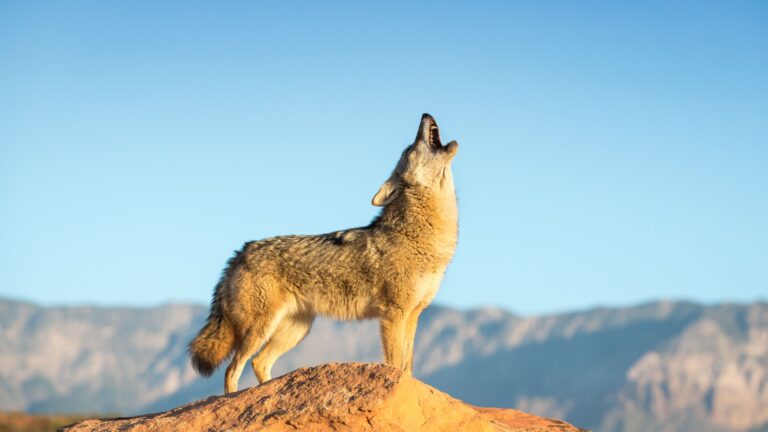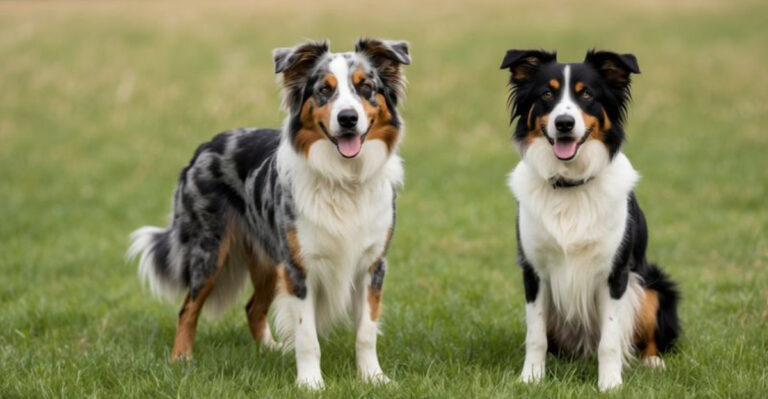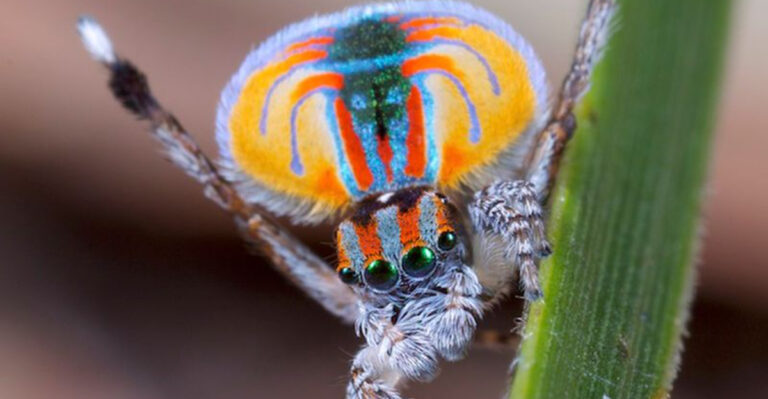15 Times U.S. Animals Attacked (And What Triggered Them)
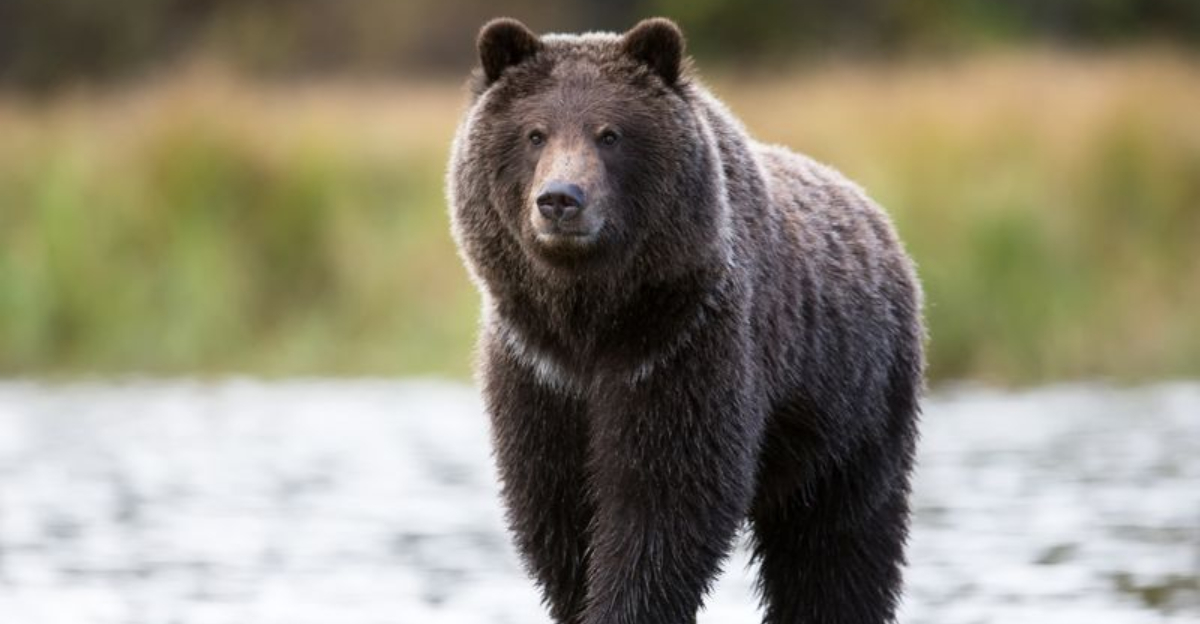
Wild animal encounters can turn dangerous in the blink of an eye, often because we misunderstand their behavior or invade their space.
Each year, hundreds of Americans face frightening confrontations with creatures ranging from bears to bees, sometimes with tragic results. Understanding what triggers these attacks might just save your life during your next outdoor adventure.
1. Yellowstone Bison Charge
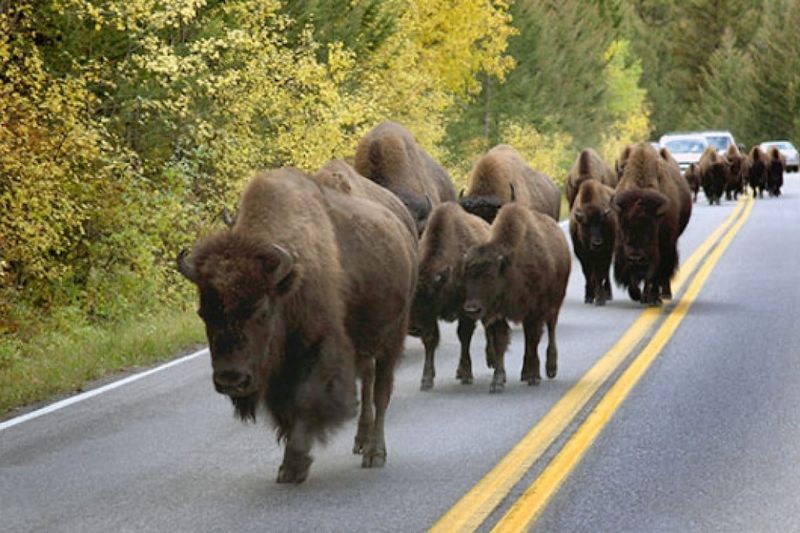
A tourist approaching within 10 feet of a massive bison for a selfie sparked an immediate response in 2015. The one-ton beast suddenly charged, tossing the visitor several feet into the air.
Wildlife experts point out that bison require at least 25 yards of personal space. When humans cross this invisible boundary, these normally peaceful grazers feel threatened and may respond with surprising speed.
2. Florida Alligator Tragedy
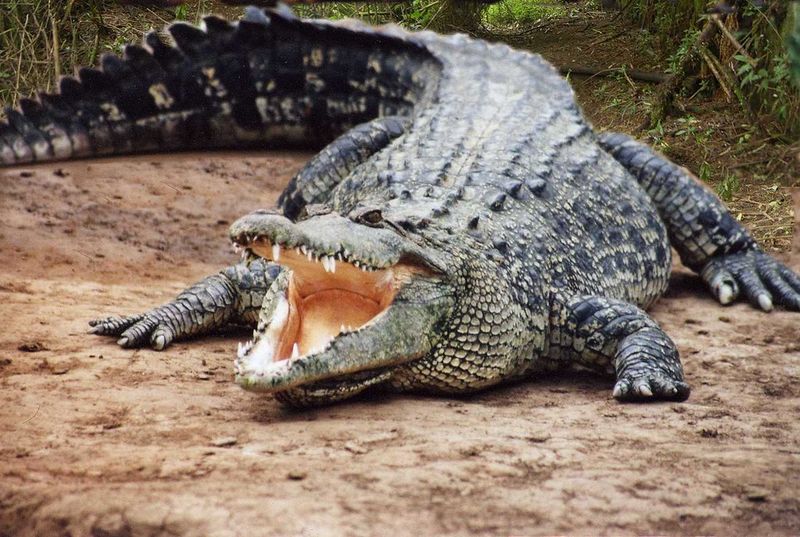
In 2016, a two-year-old boy playing at the edge of a lagoon at Disney World became the victim of an alligator attack. The toddler was wading in shallow water at dusk, a prime feeding time for alligators.
Experts later explained that the reptile likely mistook the small child for typical prey. The incident prompted Disney to install warning signs and barriers around water features throughout the resort property.
3. Shark Encounter Off Cape Cod

A swimmer at Newcomb Hollow Beach experienced a great white shark attack in 2018. The victim was swimming in deep water about 30 yards offshore when the predator struck.
Marine biologists noted increasing seal populations in the area had attracted more sharks to Cape Cod waters. The attack occurred during late summer when shark activity peaks. Swimming close to seal colonies or in deep water significantly increases risk of such encounters.
4. Cougar Stalking Mountain Bikers

Two mountain bikers in Washington state encountered a mountain lion that attacked in 2018. The cougar stalked them briefly before pouncing, killing one rider and seriously injuring another.
Wildlife officials discovered the emaciated animal was severely underweight. Hunger had pushed it to target adult humans, something healthy mountain lions rarely do. The survivors made a critical mistake by running instead of standing their ground and appearing large.
5. Grizzly Bear Mauling In Glacier National Park
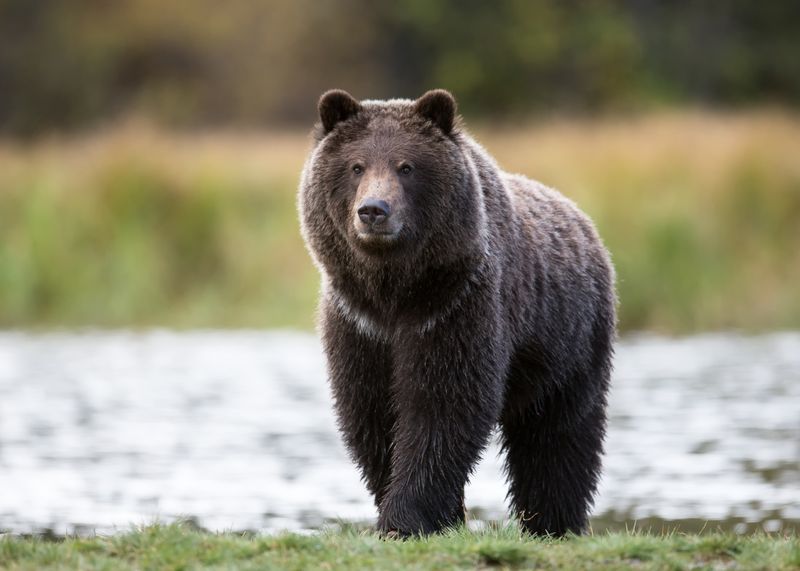
A hiker stumbled upon a mother grizzly with cubs while trekking solo in Montana. The surprised bear charged immediately, severely mauling the hiker before retreating with her young.
Park rangers explained that the hiker rounded a blind corner on the trail without making noise. Mother bears with cubs represent the most dangerous bear encounters possible. The attack was purely defensive, triggered by the mother protecting her vulnerable offspring from a perceived threat.
6. Rattlesnake Strike During Desert Hike

A hiker in Arizona stepped directly over a camouflaged rattlesnake without noticing it. The startled reptile struck instantly, delivering a venomous bite to the hiker’s ankle.
Herpetologists note that most rattlesnake bites occur when people accidentally step too close or directly on these well-camouflaged reptiles. The snake was simply defending itself from what it perceived as an attack from above. Wearing high hiking boots might have prevented the fangs from penetrating skin.
7. Bull Rampage At Texas Rodeo

A rodeo bull in Texas jumped a seemingly secure arena fence in 2019, causing panic among spectators. The 1,800-pound animal had just thrown its rider when it made the unexpected leap into the crowd.
Animal behavior experts explained that the bull was responding to the noise and commotion of the arena. These powerful animals can become disoriented by lights, sounds, and movement. The incident highlighted how even professionally managed animal events can turn dangerous when stressed animals feel cornered.
8. Moose Confrontation In Alaska Suburb
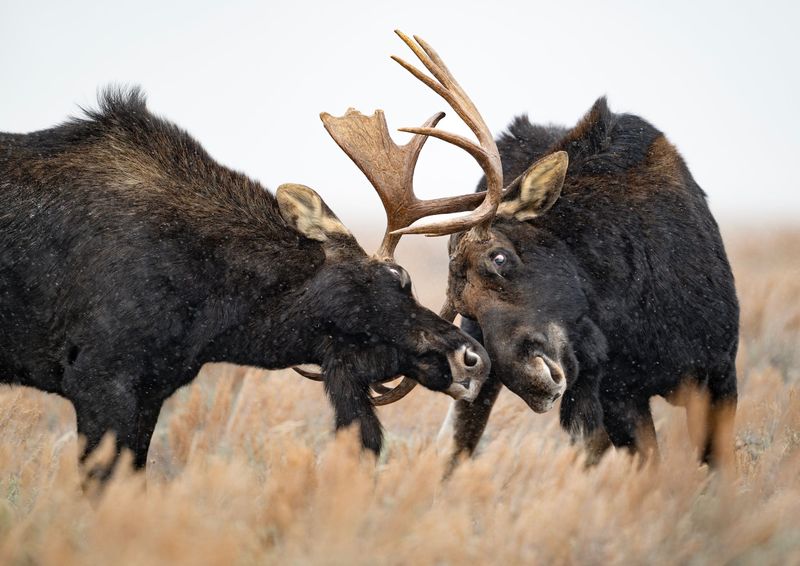
A woman walking her dog in an Anchorage neighborhood encountered an aggressive moose that charged without warning. The massive animal had been browsing on landscaped shrubs when the dog barked, triggering the attack.
Wildlife officials explained that moose view dogs as similar to wolves, their natural predators. During winter, moose are already stressed by difficult feeding conditions and conserving energy. The combination of a perceived predator and winter stress created a dangerous situation in what seemed like a safe suburban setting.
9. Bee Swarm In Arizona
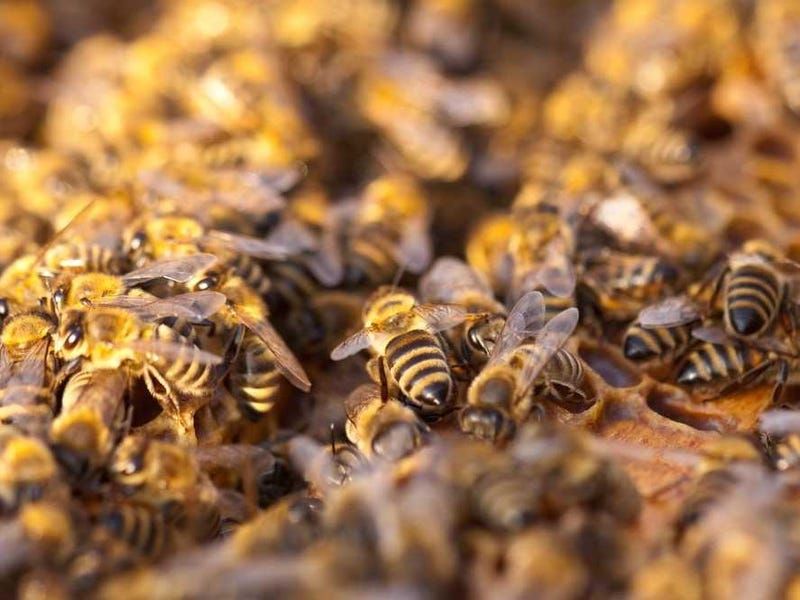
A landscaper disturbed an Africanized honeybee hive while operating a lawnmower in Phoenix. The vibration and noise triggered an immediate defensive response from the entire colony.
Entomologists point out that Africanized bees defend their hives more aggressively than European honeybees. These so-called killer bees will pursue perceived threats for greater distances. The victim received over 100 stings before reaching safety, requiring hospitalization but fortunately surviving the encounter.
10. Coyote Attacks In California Suburb
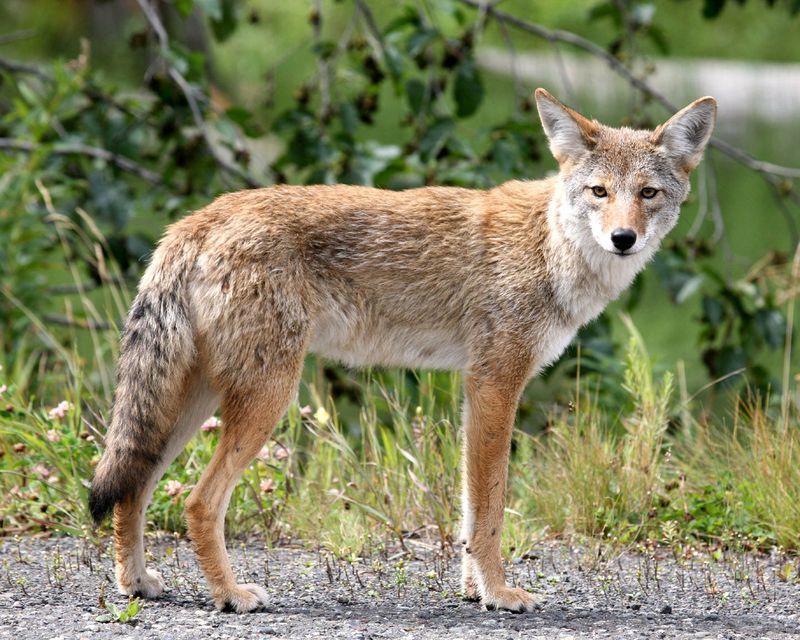
A series of coyote attacks on children occurred in a suburban California neighborhood in 2021. The unusually bold predator approached toddlers playing in yards and even on porches.
Wildlife biologists discovered the coyote had been intentionally fed by residents, causing it to lose natural fear of humans. This dangerous habituation, combined with the small size of children resembling natural prey, created a perfect storm for attacks. The incident led to new ordinances against feeding wildlife in the community.
11. Elk Charge In Rocky Mountain National Park
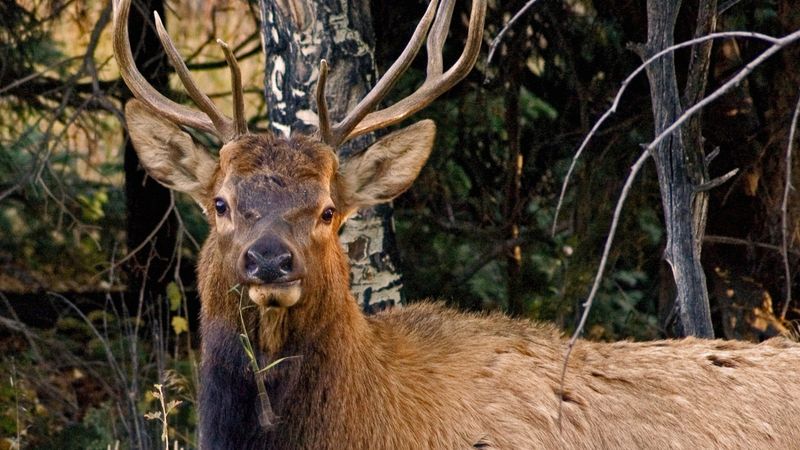
A photographer approached a bull elk during rutting season to capture close-up images. The massive animal, already agitated by seasonal hormones, lowered its antlers and charged with shocking speed.
Park rangers explain that male elk become extremely territorial during mating season each fall. The photographer had unknowingly entered the animal’s claimed territory while it was already in an aggressive state. The incident served as a reminder that wild animals require substantial distance, especially during breeding seasons.
12. Rabid Fox Incident In Georgia
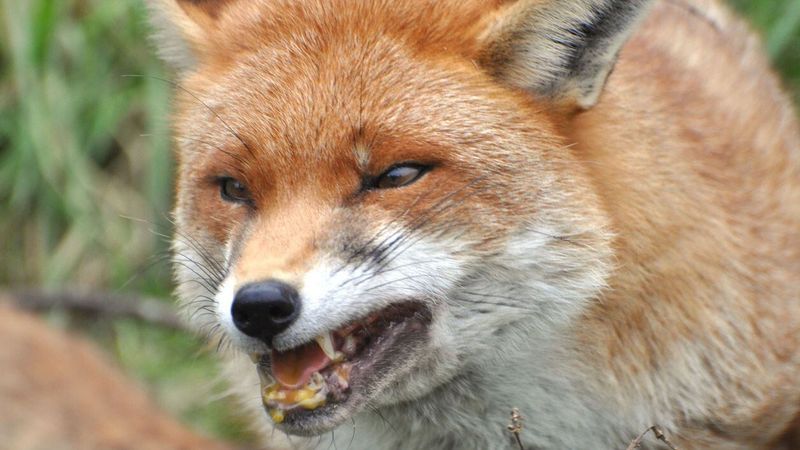
A jogger on a rural trail encountered a fox that repeatedly attacked, biting through the runner’s shoe. Instead of fleeing after the initial bite, the fox continued its aggressive behavior.
Health officials later confirmed the animal tested positive for rabies. The neurological disease causes infected animals to lose fear of humans and display unusual aggression. Unlike healthy foxes that avoid people, rabid animals often seek out confrontation and can attack without provocation, making them particularly dangerous.
13. Feral Hog Encounter In Texas
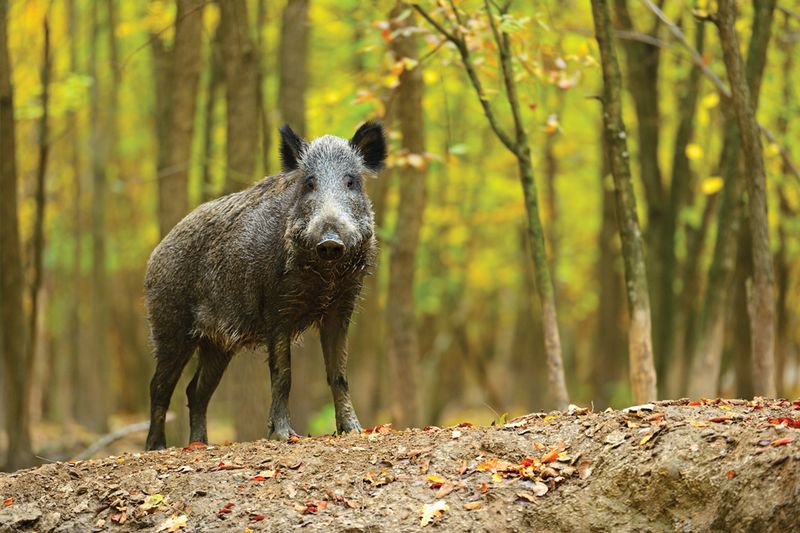
A hunter tracking deer in East Texas was suddenly charged by a 300-pound feral hog. The massive pig emerged from thick underbrush without warning, giving the hunter seconds to react.
Wildlife biologists note that wild hogs have poor eyesight but excellent smell. The hunter was likely downwind, allowing the animal to detect his presence. Feral hogs can be extremely territorial and protective of young. Their sharp tusks and surprising speed make them one of the more dangerous invasive species in America.
14. Raccoon Aggression In Suburban Backyard
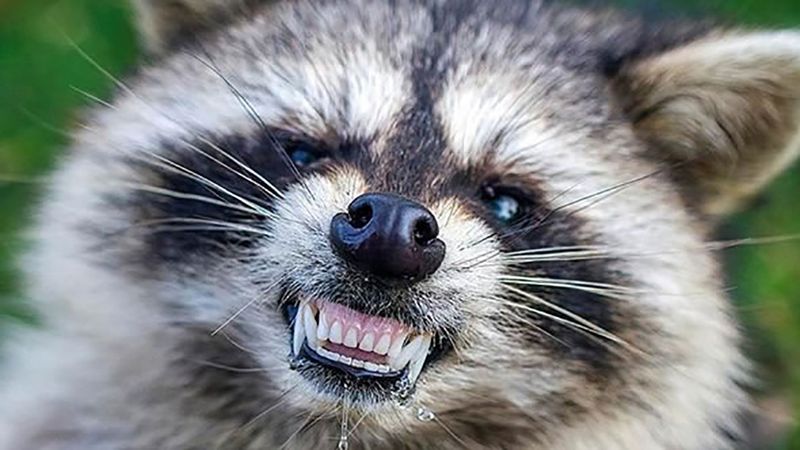
A homeowner approached a raccoon that had been raiding garbage cans behind their house. Instead of fleeing, the animal lunged at the resident, causing serious lacerations.
Animal control officers determined the raccoon was a mother protecting nearby young. Female raccoons become highly protective when raising offspring. The homeowner made the mistake of cornering the animal against a fence, leaving it no escape route. When wild animals feel trapped, they often choose to fight rather than submit.
15. Venomous Copperhead Snake In Tennessee Garden
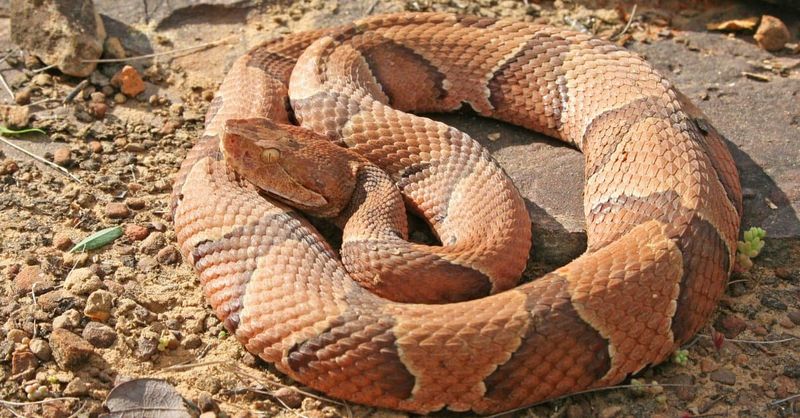
A gardener received a painful bite while reaching into dense ground cover without looking first. The well-camouflaged copperhead snake had been resting among fallen leaves when the sudden movement startled it.
Herpetologists explain that copperheads rarely strike unless touched or threatened. Unlike rattlesnakes, they give no warning before striking. The snake was simply responding to what it perceived as an attack. Wearing gardening gloves might have reduced venom penetration but would not have prevented the bite entirely.

